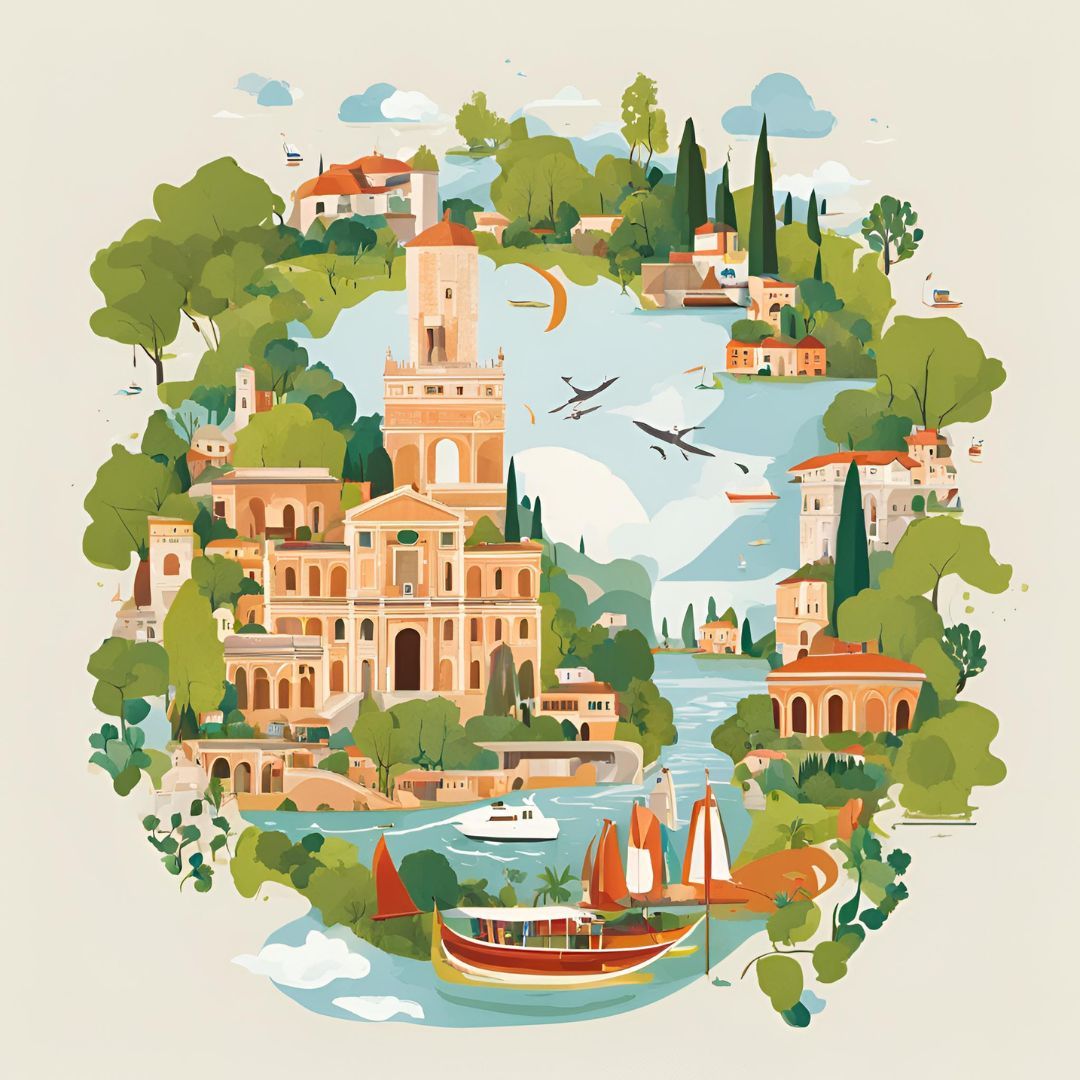
Sustainable Tourism in Italy: Context, Regulations, and Examples
In recent years, sustainable tourism has become an essential model for environmental protection and local economic development. In Italy, a country rich in cultural and natural heritage, the challenge is to combine tourism with the preservation of natural resources, reducing environmental impact while enhancing local communities.
Context of Sustainable Tourism in Italy
Italy is one of the most sought-after tourist destinations in the world, thanks to its diverse landscapes, artistic cities, and culinary traditions. However, the high influx of tourists brings several environmental issues, such as pollution, overcrowding, and the loss of identity in historic villages. For this reason, awareness of eco-friendly tourism models has increased in recent years, aiming to reduce negative impacts and promote sustainable development.
Regulations and Support Policies
The European Union and the Italian government have implemented various regulations to promote sustainable tourism. Some of the key measures include:
- National Strategy for Sustainable Development (SNSvS): A plan that includes initiatives to promote responsible tourism.
- EU Ecolabel Certification: A European recognition for accommodations that adopt eco-friendly practices.
- Sustainable Tourism Law (Law 221/2015): A law that promotes responsible tourism, soft mobility, and environmental protection.
- Incentives for Sustainable Mobility: Investments in eco-friendly public transportation and bicycle lanes in major tourist cities.
Successful Examples of Sustainable Tourism in Italy
Many Italian regions are adopting innovative strategies to make tourism more sustainable. Some successful examples include:
- Trentino-Alto Adige: A pioneering region in green tourism, featuring certified eco-friendly accommodations and sustainable mobility (such as free public transportation for tourists).
- Cinque Terre (Liguria): Introduction of entrance tickets to limit overcrowding and promotion of hiking to reduce emissions.
- Capraia Island (Tuscany): A low-impact tourism model, using renewable energy sources and regulating tourist influx.
- Scattered Hotels in Historic Villages: A model that allows the restoration of abandoned historic homes, transforming them into hospitality structures without consuming new land.
Conclusion
Sustainable tourism in Italy represents a great opportunity to balance economic development with environmental protection. The regulations and best practices in place demonstrate that a new tourism model is both possible and necessary. However, it is crucial for citizens, entrepreneurs, and institutions to continue working together to promote responsible tourism that respects the country's natural and cultural resources.




